This viewpoint is part of Chapter 1 of Foresight Africa 2025-2030, a report with cutting-edge insights and actionable strategies for Africa’s inclusive and sustainable development in the run-up to 2030. Read the full chapter on Africa’s inner strength.
We need to reimagine globalization to include those parts of the world left on the margins of the global division of labor, making world trade more inclusive, more sustainable, and more resilient.
These are difficult times for global trade. Despite the resilience displayed through successive crises, the world economy continues to be vulnerable to geopolitical tensions,1 unilateral trade barriers,2 and regional conflicts.3
In Africa, while most economies have seen growth tick back upwards after the pandemic,4 many are struggling with burdensome debt,5 a financing squeeze,6 and vulnerability to climate change.7
Yet there are opportunities for Africa within these challenges. Structural and demographic trends,8 ongoing policy initiatives like continental economic integration,9 and changing geopolitical currents10 create a window for African countries to use trade to spur the faster growth and better job prospects that our young people deserve.
Two key linked opportunities are important to highlight. First, the transition to a clean green energy economy, and second, the move to de-risk and decentralize supply chains to avoid the over-concentration-related vulnerabilities experienced during the pandemic. The natural resources needed to fuel the clean energy transition are currently subject to similar fears of excessive concentration, particularly with respect to their processing.11
Africa has what we term at the World Trade Organization (WTO) a “green comparative advantage.”12 Just as countries and regions can reap economic gains by specializing in making and trading what they are relatively good at, they can also reap economic and environmental gains by specializing in making and trading what they are relatively green at.
Africa has over 60% of the world’s solar potential along with wind, geothermal, and other renewable resources such as green hydrogen.13 At the same time, Africa houses a substantial percentage of the world’s resources of critical minerals needed for the green transition. The continent accounts for over 40% of global production of cobalt (led by the Democratic Republic of the Congo), manganese (South Africa, Gabon, Ghana) and platinum (South Africa, Zimbabwe).14 But apart from platinum refining in South Africa, these minerals are mostly exported as unprocessed ores.
There is an unprecedented opportunity for the continent to harness its green energy potential and deploy it to the processing of the critical minerals on the continent. To do this, it needs to attract and marry together the value chain investments for both clean energy and critical minerals. No longer should the development model be extraction and export of raw commodities. Rather, processing and value addition should be prioritized on the continent. That way, trade is boosted, thousands of jobs are created for young people, and supply bottlenecks for these products are eased, all while helping close the continent’s energy access gap and meet global targets to ramp up renewable energy.
Attracting investment into these areas and becoming part of globalized supply chains for clean energy products, processed minerals, and lithium-ion batteries, for example, would make Africa part of the re-globalized world economy that we need to create. We need to reimagine globalization to include those parts of the world left on the margins of the global division of labor, making world trade more inclusive, more sustainable, and more resilient.
Despite its immense green energy potential, Africa attracts only 2% of global investment in renewable energy.15 Its share of world trade has stagnated at around 3% for years.16 It is time for Africa to seize the opportunity to boost both in tandem, creating jobs and prosperity by leveraging its green comparative advantages.
-
Footnotes
- Ahmet Kaya, “How Are Geopolitical Risks Affecting the World Economy?,” Economics Observatory (blog), accessed December 4, 2024, https://www.economicsobservatory.com/how-are-geopolitical-risks-affecting-the-world-economy.
- Mari Elka Pangestu and Axel Van Trotsenburg, “Trade Restrictions Are Inflaming the Worst Food Crisis in a Decade,” World Bank Blogs (blog), July 6, 2022, https://blogs.worldbank.org/en/voices/trade-restrictions-are-inflaming-worstfood-crisis-decade.
- Hamish Kinnear, “Conflict Surges in 28 Countries, Global Trade Facing Elevated Threats,” Verisk Maplecroft (blog), July 18, 2024, https://www.maplecroft.com/products-and-solutions/geopolitical-and-country-risk/insights/conflict-surgesin-28-countries-global-trade-facing-elevated-threats/.
- “Will African Countries See Growth Post-COVID?,” Development Reimagined, November 6, 2023, https:// developmentreimagined.com/infographic-will-african-countries-see-growth-post-covid/.
- “State of Play of Debt Burden in Africa 2024: Debt Dynamics and Mounting Vulnerability” (Cairo: Afreximbank Research, 2024).
- Abebe Aemro Selassie, “IMF’s sub-Saharan Africa Regional Economic Outlook: The Big Funding Squeeze” (Washington, D.C.: International Monetary Fund, April 14, 2023), https://www.imf.org/en/News/Articles/2023/04/14/ pr23119-sub-saharan-africa-regional-economic-outlook-the-big-funding-squeeze.
- “Africa Faces Disproportionate Burden from Climate Change and Adaptation Costs” (Geneva: World Meteorological Organization, September 2, 2024), https://wmo.int/news/media-centre/africa-faces-disproportionate-burden-fromclimate-change-and-adaptation-costs.
- Bienvenu Yves-Géthème Gbehe, Yao Silvère Konan, and Zié Ballo, “Demographic Structure, Structural Change, and Economic Growth: Panel Evidence in sub-Saharan African Countries,” Cogent Economics & Finance, December 31, 2024, https://www.tandfonline.com/doi/abs/10.1080/23322039.2024.2375786.
- Hippolyte Fofack, “A Competitive Africa,” IMF Finance and Development Magazine, December 2021.
- Philani Mthembu, Francis Kornegay, Africa and the World: Navigating Shifting Geopolitics (Oxford, South Africa: Mapungubwe Institute for Strategic Reflection, The, 2020), http://ebookcentral.proquest.com/lib/aul/detail.action?docID=6212310.
- Gracelin Baskaran and Sophie Coste, “Achieving Universal Energy Access in Africa amid Global Decarbonization,” Centre for Strategic and International Studies, January 31, 2024, https://www.csis.org/analysis/achieving-universalenergy-access-africa-amid-global-decarbonization.
- Lyes Bouchene et al., “Green Africa: A Growth and Resilience Agenda for the Continent” (McKinsey and Company, November 2021), https://data.europa.eu/doi/10.2760/173513.
- Laura Cozzi, Daniel Wetzel, and Stephanie Bouckaert, “Africa Energy Outlook 2022” (Vienna: International Energy Agency, 2022).
- Cozzi, Wetzel, and Bouckaert. “Africa Energy Outlook 2022.”
- Renewable Energy Market Analysis: Africa and Its Regions (Abu Dhabi and Abidjan: International Renewable Energy Agency and African Development Bank, 2022).
- “African Countries Trading More Outside the Continent than amongst Themselves, ECA Report” (Victoria Falls, Zimbabwe: ECA, March 1, 2024), https://www.uneca.org/stories/african-countries-trading-more-outside-the-continentthan-amongst-themselves%2C-eca-report
The Brookings Institution is committed to quality, independence, and impact.
We are supported by a diverse array of funders. In line with our values and policies, each Brookings publication represents the sole views of its author(s).

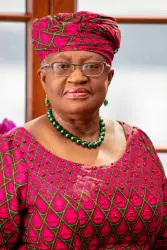

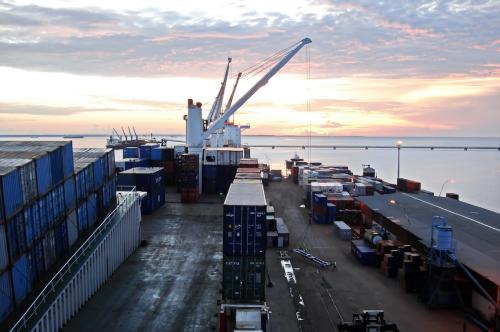
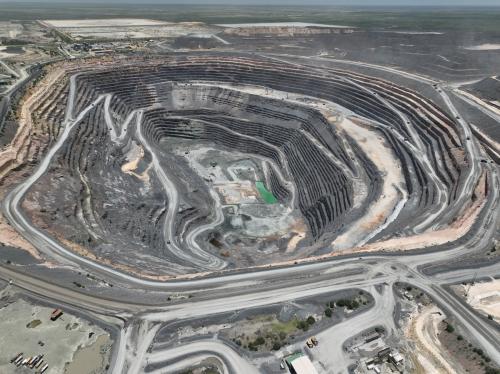
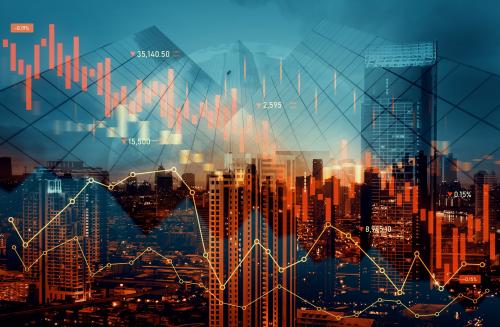
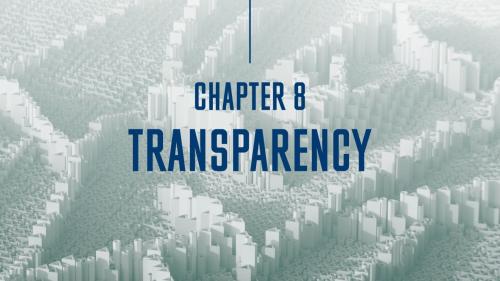

Commentary
Trade and Africa’s development goals: A window of opportunity
March 4, 2025